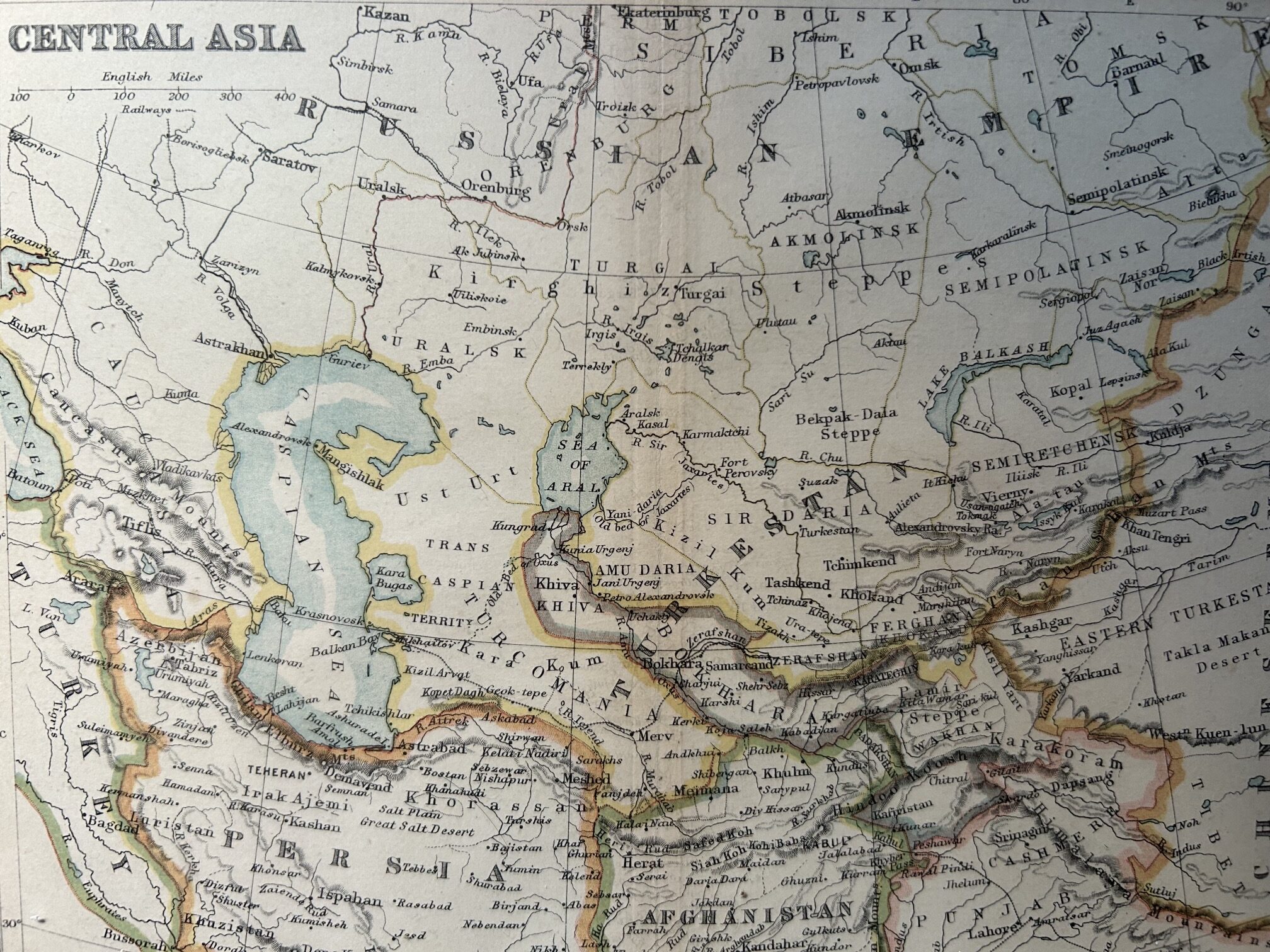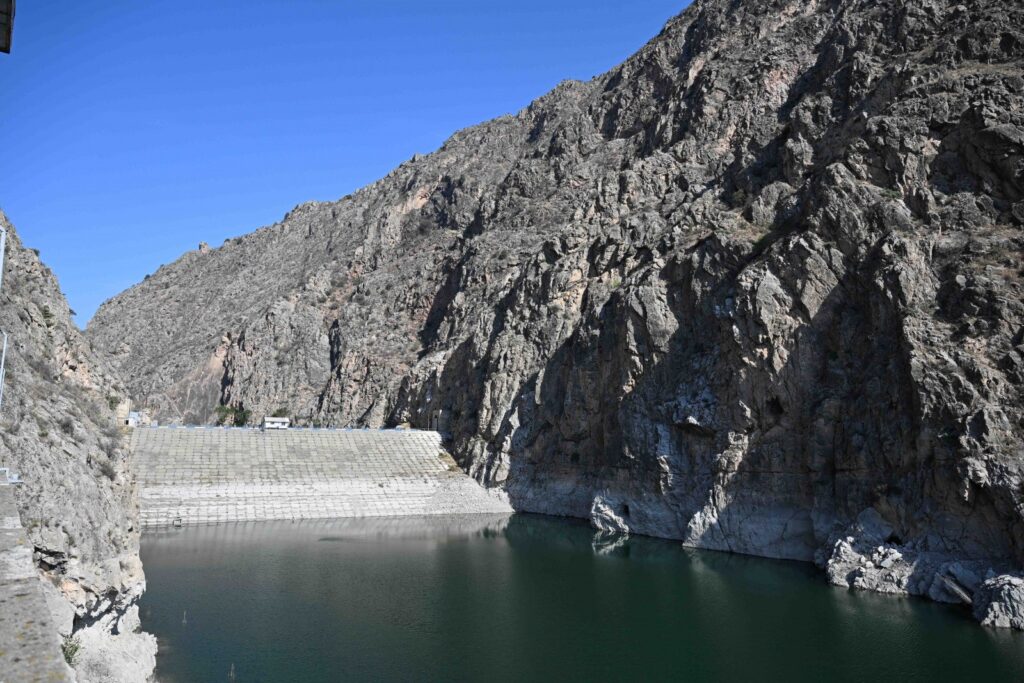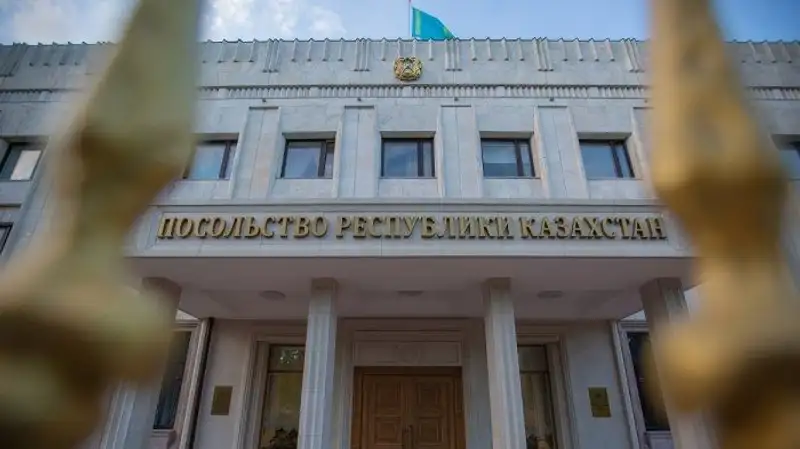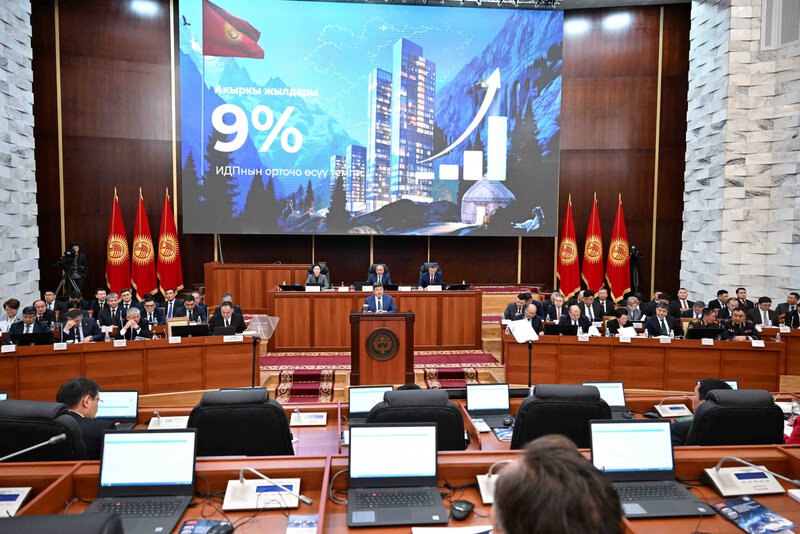The Central Asian region has experienced a tremendous economic transformation since the beginning of the century. Its aggregate gross domestic product (GDP) now totals $397 billion, growing 8.6-fold since the year 2000. Its share in global GDP in purchasing power parity (PPP) has also increased 1.8 times. The GDP per capita has tripled as the labor pool has grown to almost 80 million, representing a 1.4-fold increase since 2000. The region’s strategic importance, particularly thanks to its geographic position bridging major economies of Europe and Asia, makes it a key player in geopolitical dynamics.
Central Asia’s dependence on commodity exports and remittances has so far limited its integration into global value-chains. The Central Asia Regional Economic Co-operation (CAREC) Program, established by the Asian Development Bank (ADB), plays an important role in fostering regional development and co-operation. CAREC includes the five Central Asia countries (namely Kazakhstan, Kyrgyzstan, Uzbekistan, Tajikistan and Turkmenistan) plus Afghanistan, Azerbaijan, China, Georgia, Mongolia and Pakistan.
CAREC also partners with five multilateral international institutions in addition to the ADB (which serves as its Secretariat). These are the European Bank for Reconstruction and Development (EBRD), International Monetary Fund (IMF), Islamic Development Bank (IsDB), United Nations Development Program (UNDP) and the World Bank (a.k.a. International Bank for Reconstruction and Development or IBRD).
The Program has constructively helped the countries of Central Asia to address challenges in trade governance. Nevertheless, inefficiencies in cross-border transport and customs procedures continue to hinder their commercial exchanges with one another as well as with external partners. CAREC’s current policy-implementation priorities are integration of regional trade, digitization, climate change, regional co-operation, development of financial technologies and financing in the water sector.
There is still significant potential for further development given that the region’s trade within itself has been growing faster than its foreign trade. Enhancing Central Asia’s role in the global economy will require the implementation of co-operative initiatives already identified, especially in infrastructure. Such construction of new physical plants, as well as the renovation and building-out of those that already exist, is crucial for enhancing economic growth and sustainability. This strategy will leverage the region’s strengths such as its strategic location and resource endowments.
In 2023, Central Asia’s economic growth is projected to remain relatively steady at 3.9 percent, but this may still be affected by the global challenges of weak external demand, rising inflation and supply-chain disruptions. These global economic conditions, along with the uncertainties that they engender, reflect continuing burdens of the ongoing post-COVID recovery as well as the effects of the war in Ukraine, which significantly impacts the region.
In addition to the ADB, the IBRD also focuses on various development initiatives in Central Asia that aim to support regional infrastructure development and the strengthening of cross-border co-operation. These are implemented through relatively low-profile initiatives such as the Central Asia Water and Energy Program (CAWEP) to enhance energy and water security and the Central Asia Hydrometeorology Modernization Project (CAHMP) to improve weather, climate and hydrological services. The IBRD thus aims to increase the region’s resilience to global challenges and to facilitate sustainable economic growth.
Given Central Asia’s strategic location between major economic centers, connectivity is a clear priority for its economic development. Efforts to enhance regional connectivity have focused on improving physical and digital infrastructure. Both are necessary for integrating Central Asia into global supply chains and leveraging its transit potential.
In this context, the EU–Central Asia Connectivity Conference, held in Uzbekistan in November 2022, focused on initiatives to build robust transport networks and digital links. The increasing volume of container transit via traditional and new routes, such as the Trans-Caspian International Transport Route, testifies to the region’s growing role as a transit hub.
Central Asia’s future is inextricably linked to its key location in Eurasia and its success in overcoming current development challenges. The latter are shaped not only by the region’s geographical situation, but also its increasing population and growing economic promise. Central Asian economies are poised to gain substantially from increased mutual co-operation and integration into global value-chains. However, for growth to continue reliably, it is necessary to overcome structural hurdles, especially regarding financial-sector development and efficient resource management (particularly with regards to water and energy).
On this path, Central Asian countries are already undertaking coordinated efforts to upgrade transport infrastructure, tackle climate change impacts and pursue renewable-energy initiatives. Still, the region needs to further bolster its economic resilience and to mitigate its susceptibility to external fluctuations. Accomplishing these goals means addressing inefficiencies in crucial sectors and diversifying both production and export strategies.
Given the changing context of global geo-economics, Central Asia’s open and mutually beneficial co-operation is more important than ever. Its growth until now arguably places the region at an inflection-point, ready to make a significant developmental leap. Effective regional collaboration and active participation in international trade and investment is well assisted by international institutions. On that basis, Central Asia gradually becoming an autonomous driving force of its own development is the key to a stable guarantee for its continued growth.









